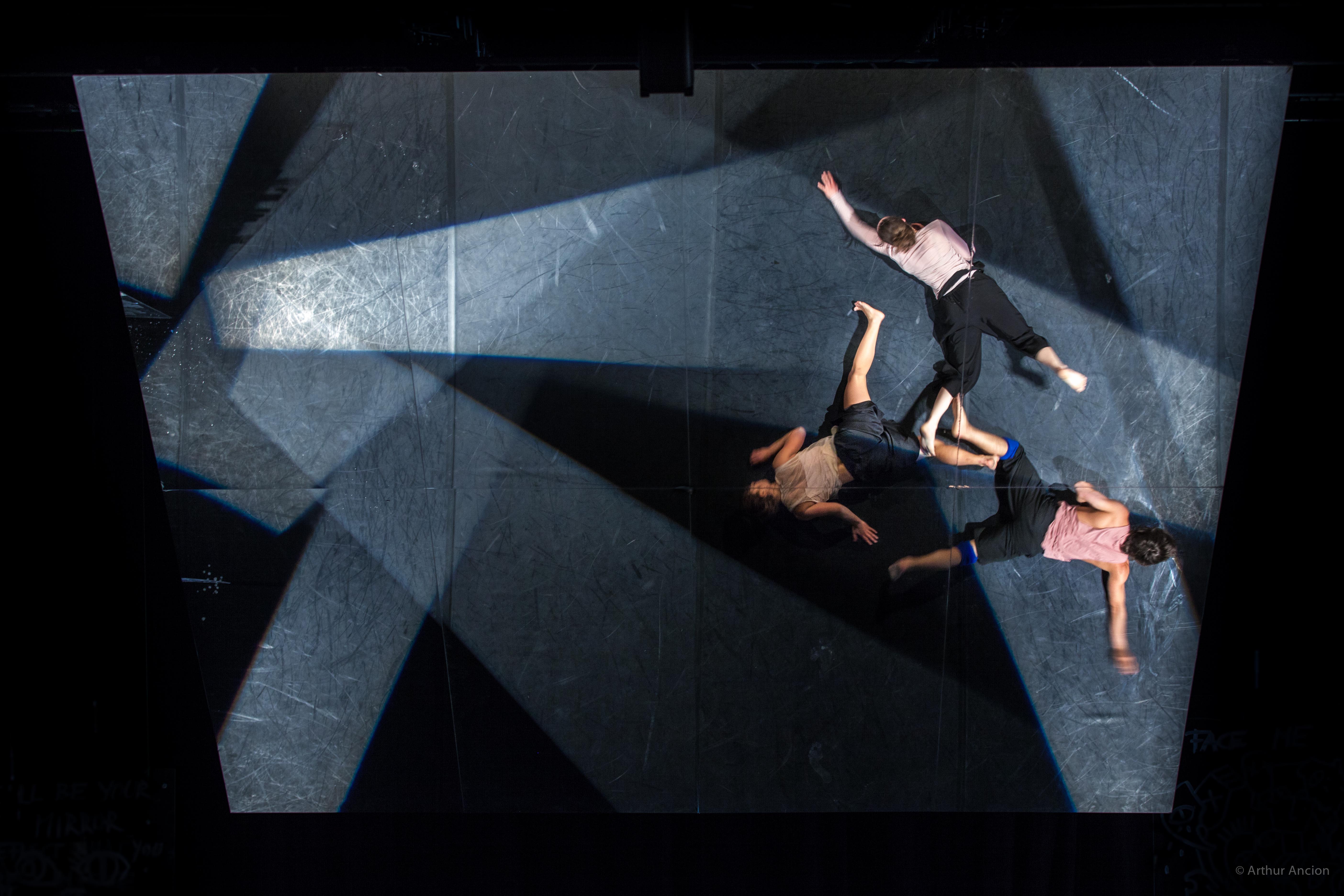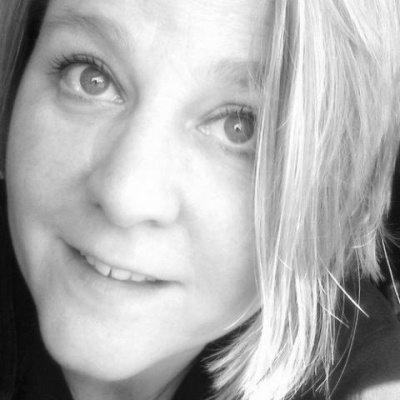A Picture of Circus in Brussels, Part Two
Brussels is positioning itself to be one of the main circus centers of Europe, a distinction which is only enhanced by recent growth in the sector, by its diversity and by the institutions and leaders in circus who are expanding their purview, including ESAC and Espace Catastrophe (both of whom are enlarging their facilities to accommodate). It’s no surprise then, that with such a large venture occurring, Espace Catastrophe (also the organizers of FestivalUP), worked in conjunction with Circostrada to bring the Fresh Circus#4 seminar to Brussels this March. 450 plus professionals that were in attendance the first week of the festival where organizers also announced the yearlong focus CIRCUS initiative in Brussels during 2018/2019.
The activities during Fresh Circus#4/FestivalUP ranged from professional workshops, to luncheons and tours and of course, the main events themselves, the 30 shows which took place over the 12 days of the festival, showcasing an array of international artists who were largely based in Belgium. Circus Talk was pleased to be in attendance as part of the INCAM network, participating in the Fresh Circus#4 workshops and attending shows. This week we have a sampling of reviews for three of the shows we attended and a look at circus trends noted in Brussels:
Spiegel im Spiegel– Side Show

The six circus artists of the company Side Show gathered onstage dressed in black and began a dance between themselves and glass panes that they interacted with throughout the show in various ways, from drawing and writing on it, to making out with the person on the opposite side of it. But before that there was just one woman, staring at herself in a mirror, admiring, obsessing, playing, eventually crumbling in to a narcissistic puddle. To watch them in those isolated activities was not unlike watching a loved one hovering over a computer screen or phone, unconnected to the present, hyper-focused on images from another world–one wholly unrelated to the space their bodies occupy.
Soon a larger screen arrived to absorb them all, whether a metaphor for entering the matrix or for re-entering the present world is a bit unclear, but it is the place where artist interactions increased and the act of self-reflection became both complicated and enhanced by those relationships.
From the audience perspective, it was a visual feast of illusion versus reality as our eye was more often drawn to the partner acrobatics in the tilted mirror suspended above the stage (which showed the action from a unique angle) than it was drawn to the forward-facing view we are accustomed to seeing of the performers–just as we are often torn between our screens and the people right in front of us.

As a series of tableaus organized around the simple concept of reflection-the strong imagery ofSpiegel Im Spiegel is very effective, especially when combined with the dance, the acrobatic, combined with crisp lighting and sound patterns that quickly established vacillation– between silence and music, movement and stillness, light and dark, emotion to motion and back in a poetic manner. This was augmented by the change in behaviour from each performer, as they alternated from intense eye contact between one another to remoteness, from affection to mimicry, from play fighting to hugging. Although by dwelling largely in the land of illusions and reflection, with no direct sense of individual personalities, special care was taken to portray all kinds of relationships through dance and acro, males duos, female duos, male and female duos, and even one scene that included a human ball of grunting and sighing people as they made their way as one beast across the stage. Although it never fully integrated the dance and partner acrobatics, visual highlights included a solo scene with one person on stage manipulating a huge plastic sheet, monopolizing the stage by flowing in slow motion in the light and mirror above, and a moment when colorful powder and a powerful contemporary dance solo illustrated the true strength of Spiegel im Spiegel, which is its stunning visual beauty.
Vos desires son desOrdres–La Bete a Plumes

Two servants were hard at work dusting, sweeping and polishing while their employers were away and somehow they got distracted, cleaning turned to playing, fighting, dancing, and exploring the multifunctionality of furniture as playing often does. This family show was packed with people of all ages laughing and exclaiming at the antics of clown/jugglers Isabelle du Bois and Kevin Troussart. The manipulation of beautiful objects (umbrellas, fans and several pieces of runaway furniture) was so cleverly integrated in to the set (with scenography by Bernard Sent and Kevin Troussart) that each moment of hilarity developed as if in a completely organic way, making it all the more captivating. Add to that a brilliant chase scene that at once breaks down audience expectations and captures the spirit and absurdity of the Pink Panther movies and you get a complete clown show that would play well on the streets or stage in any country.
Guerre– Cie Samuel Mathieu

The moment when contemporary dance schismed off of the very graceful back of ballet it must have felt like an epiphany to the dancers. Dance was suddenly free of hierarchy and of the confines of rules. All except the rule of gravity. Enter circus, especially aerial circus, with its willingness to defy gravity on a regular basis. A combination of contemporary dance and contemporary circus, when done with care, can be an absolute demonstration of human liberation from the bodies that contain us and the gravity that shackles us to earth. This abstract concept was explored in Guerre by the three dancers (Fabienne Donnie, Marti Mauries, Julia Monclas) and three aerial straps artists (Jonas Leclere, Ana Maria Diaz Tirado & Dimitri Rizzello) of Cie Samuel Mathieu who lumbered and slammed themselves on the ground repeatedly, experiencing intense impact and force and displaying painful exertion and an inescapable sense of magnetism. By contrast, when the aerialists took to the straps they seemed imbued with the kind of weightlessness only experienced by being under water. With just the propulsion of one toe on the ground, they floated and spun, revolving around one another like astral bodies. The solos felt more like breakout moments from the flocking where suddenly one artist stepped away from the motion, compelled to express something unique only to them. AlthoughGuerre is aesthetically consistent with the almost industrial mood and tone of Cie Samuel Mathieu’s recent worksC’est ToutandAssasins, its focus on contrasting actions on earth versus in the sky gave it a poetic rhythm.
But eventually, their world became heavier, and the aerialists took on the same frantic energy as the earth bound dancers, but with the synergy of startling drops and intense swings, striving and pushing their limits the same way, bringing an earthiness to their efforts, an indicator of human limits, the duality of our animal natures exposed by the struggle and the extremes of dance and aerial circling each other like a giant yin and yang symbol. This yin yang analogy was augmented by the lighting, a huge lit up white back wall, contrasted heavily by the silhouettes of the performers. The musical score by William Lambert fit the creation and didn’t coddle the audience but worked as an environmental soundscape with sounds reminiscent of the painful ring of tinnitus, and the growing wheeze of an organ, all balanced perfectly with silences, the sounds of the dancers themselves crashing on the matted floor and aerialists grunting as they whiz above.
Trends in Brussels Circus
A mix of seasoned performers and emerging artists together in a festival might not otherwise have much in common, but as the programming largely featured companies and collectives that operate out of Brussels, the end result had some interesting corollaries, ones where themes emerged even between shows. For example, rag doll body dragging, imitating wild beasts, and jump rope (or something akin to it) was briefly present in 3 shows, whereas glass/mirrors as a object to distance or obscure faces and bodies appeared in nearly every show we saw.
Another present trend at FestivalUP was deconstruction, a fairly common device in contemporary arts lately, from puppetry to magic, and which is simultaneously occurring in circus arts. This demystifying of the art form by showing the bare bones of the process occurred in various ways in each show. InMemoire/s it was made apparent by showing the costume racks, costume changes and sound engineering as a clearly visible part of the show. In[Ma]by Le Phare, the DJ himself was a presence on the stage, and inPersona by Naga Collective andLugar by Proyecto Precipicio, the rigging played an integral part in the show, acting as a kind of partner or soundscape as well as being transparently operated by the circus artists. This deconstruction was at times distracting and seemed pointlessly fussy, but when done well, added a kind of poetic cohesion of the artist to her art, while at the same time demonstrating to the audience what kind of effort is required to be an accomplished circus artist, a demonstration that is all the more idealized by the general office worker of today who rarely uses their body so vehemently. In addition to that, it gives the audience a sense of being backstage, or feeling involved in the inner workings of the show, creating an temporary sense of inclusion.
But perhaps another likely reason for this deconstruction of the circus process is as an unconscious attempt to distinguish contemporary circus from the traditional circus concept—where the appearance of effortlessness and ease once was what wooed the audience, creating a superhero image–something to aspire to. The sense of urgency now is in conveying not just how difficult and tiring circus is, but also in showing some of the process of the endless and repetitive hours of training that lead up to the impressive skills-in a sense demystifying the superhuman by showing how the outcomes are reached only by consistency and sweat. This may be a more practical primer for the aspiring superhuman. As for FestivalUP, add to that a flair for the bizarre, a willingness to take artistic risks, and a growing population of circus artists willing to dig deep in to the art form, to challenge the conventions, and to push the innovation forward and you have a snapshot of circus in Brussels today.
Related content: A Picture of Circus in Brussels, Part One & Year Long Celebration of Circus in Brussels
Featured photo courtesy of Kim Campbell...
Do you have a story to share? Submit your news story, article or press release.





